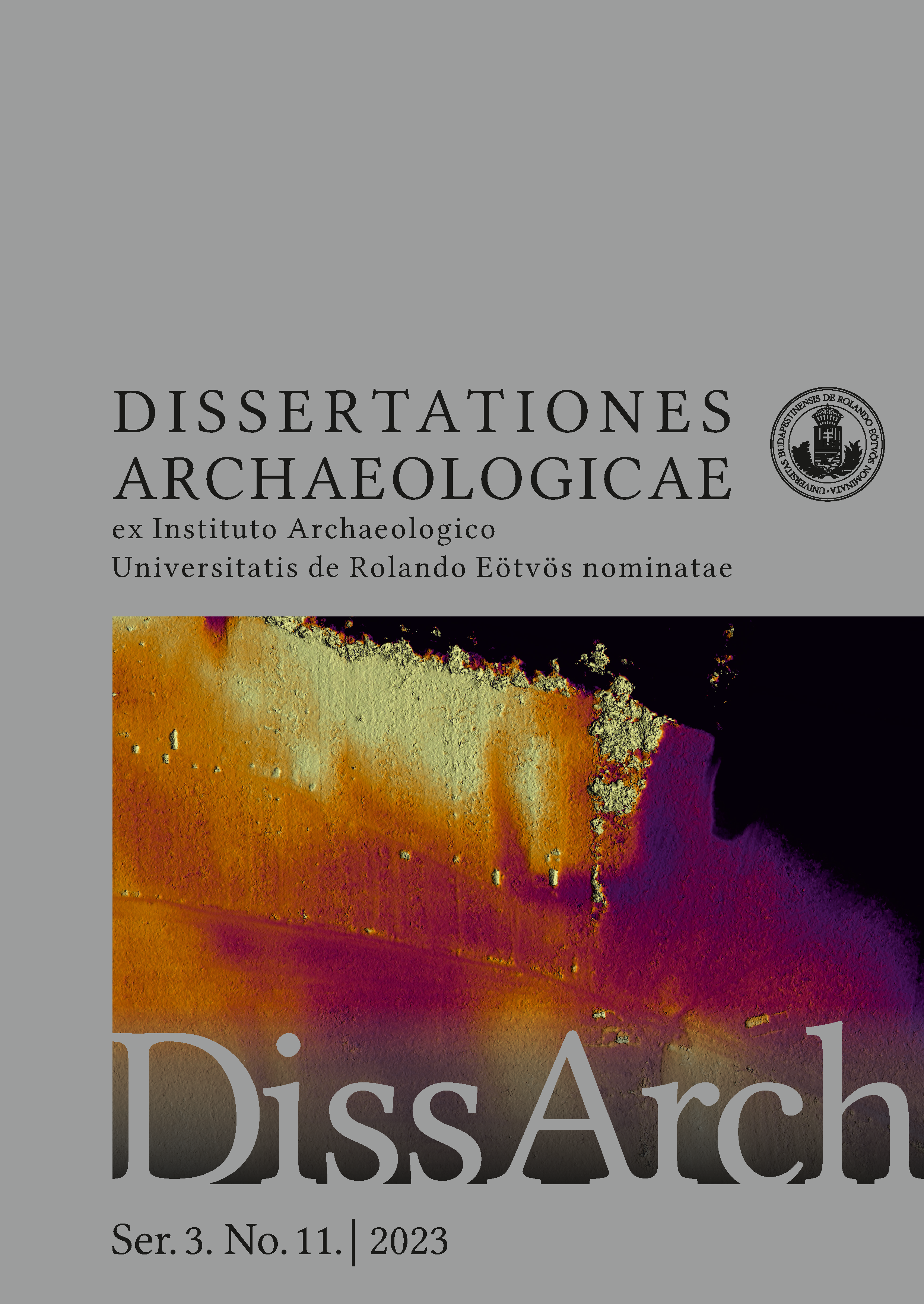Northwest Transdanubia from the end of the Early Bronze Age until the Koszider Period: Reworked and extended PhD thesis abstract
Published 2024-03-26
Keywords
- Middle Bronze Age,
- North-west Hungary,
- typochronology,
- mortuary practices,
- settlement pattern
- absolute chronology,
- communication network ...More
How to Cite
Abstract
Review article of the PhD dissertation submitted in 2023 to the Archaeology Doctoral Programme, Doctoral School of History, Eötvös Loránd University, Budapest, and written under the supervision of Gábor V. Szabó.
The dissertation investigated the processes taking place at the end of the Early and in the Middle Bronze Age in northwest Hungary, predominantly in Győr-Moson-Sopron County, based on sites at Nagycenk, Hegyeshalom, Enese, Győr-Ménfőcsanak, and Mosonszentmiklós. This region between the Devín Gate and the confluence of the Rába and Danube rivers is important for European research on prehistory, as it could have been a gateway between the Carpathian Basin and the western parts of Central Europe. The complex statistical evaluation of the collected archaeological finds and their contexts has revealed the diversity of the material culture (Gáta–Wieselburg, Kisapostag, Transdanubian Encrusted Pottery Culture) and mortuary practices (inhumation and cremation burial rites, diverse patterns of grave furnishing) in the study area and period. In addition, a spatial analysis of the sites indicated a change in the settlement pattern between 2200 and 1500 BC. The typochronological analysis and the radiocarbon data helped specify the chronology and refine the connections maintained with Central European territories.


